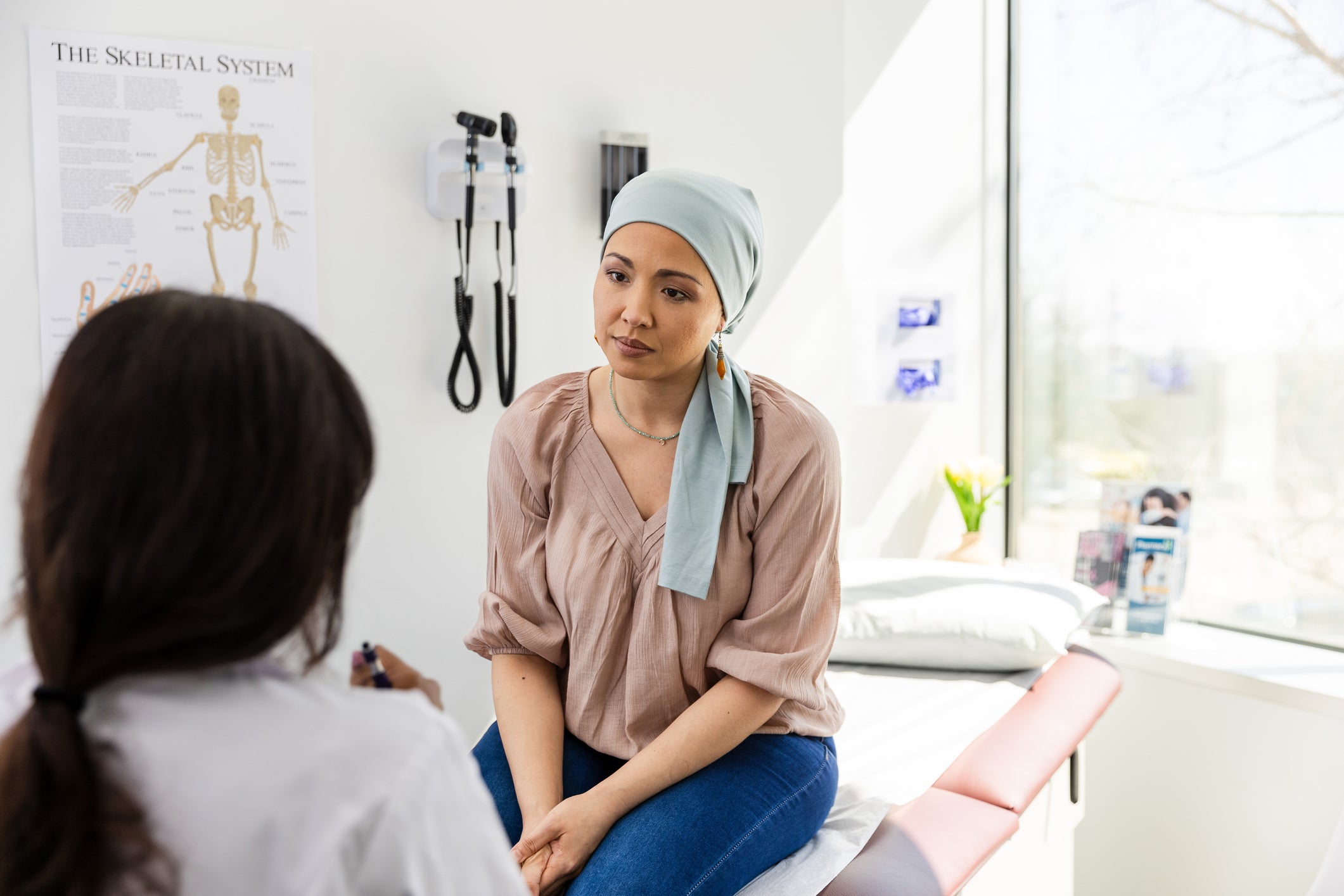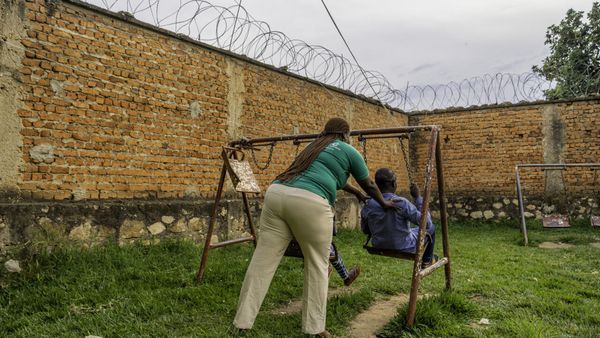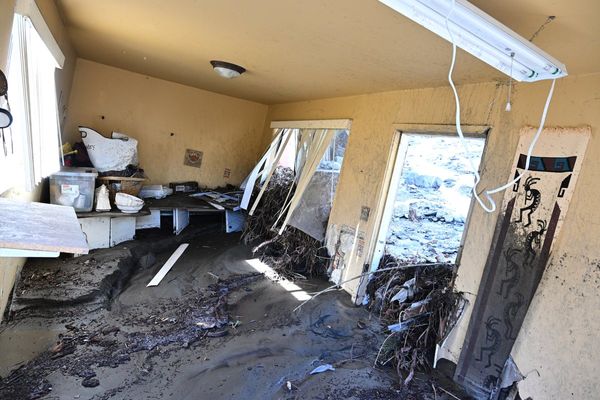Young women are now nearly twice as likely to get cancer as young men in the U.S., an alarming study has found.
New findings show that cancer rates in women under the age of 50 are now 82 percent higher than their male counterparts, a report from the American Cancer Society noted. The organization added that the pattern includes increases in lung cancer, which is now higher in women than in men among those younger than 65 years old.
The reason for the increase is multi-faceted. The rate of cancer in young men declined at the start of the century and has leveled out. Among women, though, it's climbing. Breast and thyroid cancer are two of the most common types of diagnoses in women.
“Breast and thyroid cancer account for almost half of all cancer diagnoses in women younger than 50,” said Rebecca Siegel, lead author of the report and senior scientific director of surveillance research at the American Cancer Society, according to CNN.
There have also been changes in screening practices that could be contributing to the results.
“We see for the first time, if you’re a woman under the age of 65, you’re now more likely to develop cancer than men in that same age group,” Dr. William Dahut, chief scientific officer for the American Cancer Society, told CNN.
“The other thing is, we’re seeing a change in – at the time of cancer diagnosis – the age of which patients develop cancer.”
Higher rates of cancer in young people could be part of a “generational impact,” with people diagnosed earlier in life and less frequently when they’re older, Siegel told Good Morning America.
Roughly 2 million Americans were diagnosed with cancer last year. That tally is expected to be similar this year. Breast cancer is the most common diagnosis while cancer is the second leading cause of death in the U.S.
There is some good news. Largely due to reductions in people smoking cigarettes, the rate of deaths from cancer in the U.S. has declined by 34 percent from 1991 to 2022.

But, the report’s authors cautioned that strides forward are “jeopardized by increasing incidence” for many types of cancer. For example, progress is lagging against pancreatic cancer, which is the third leading cause of cancer deaths in America.
The researchers also found “alarming” inequities in cancer deaths are continuing, they said, with Black Americans twice as likely to die of prostate, stomach, and uterine cancers than white people and 50 percent more likely to die from preventable cervical cancer. Native Americans are two-to-three times more likely to die from kidney, liver, stomach and cervical cancers than white people.
“Progress against cancer continues to be hampered by striking, wide static disparities for many racial and ethnic groups,” the American Cancer Society’s Dr. Ahmedin Jemal, the study’s senior author, said in a statement.
“It’s essential to help end discrimination and inequality in cancer care for all populations. Taking this step is vital to closing this persistent gap and moving us closer to ending cancer as we know it, for everyone,” he said.







